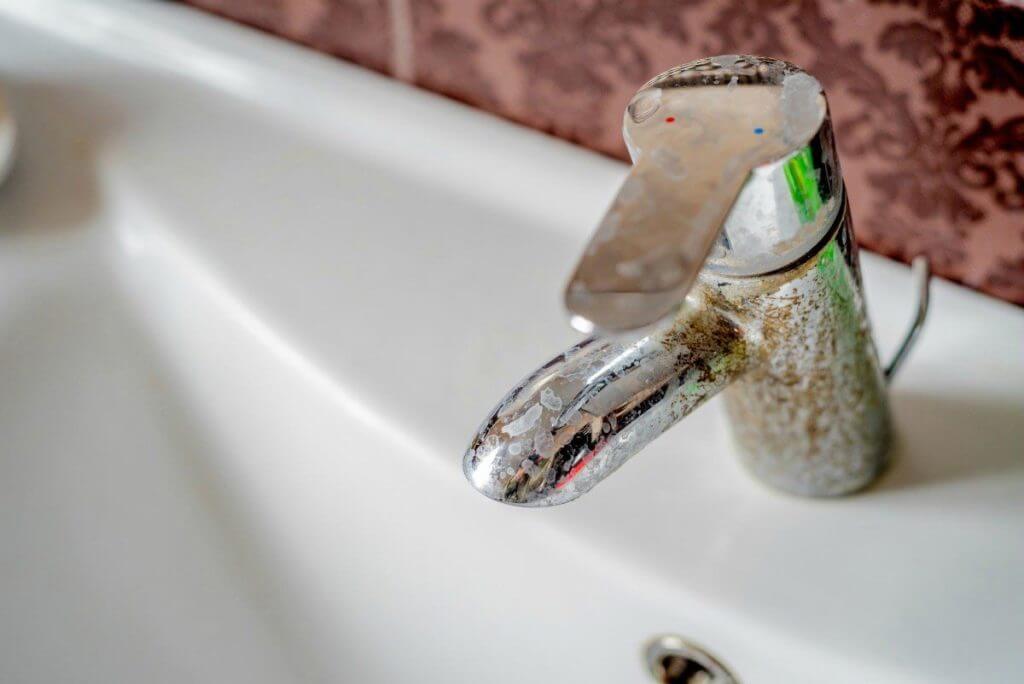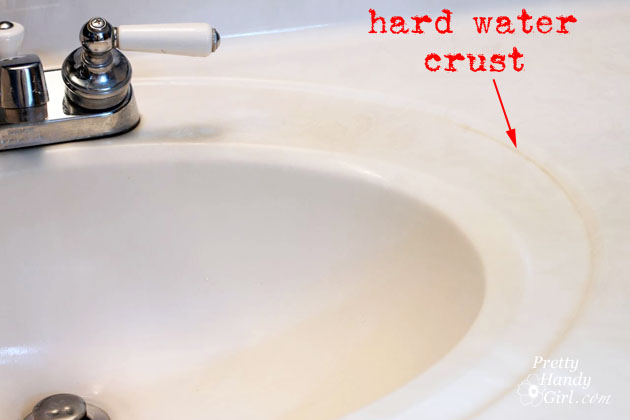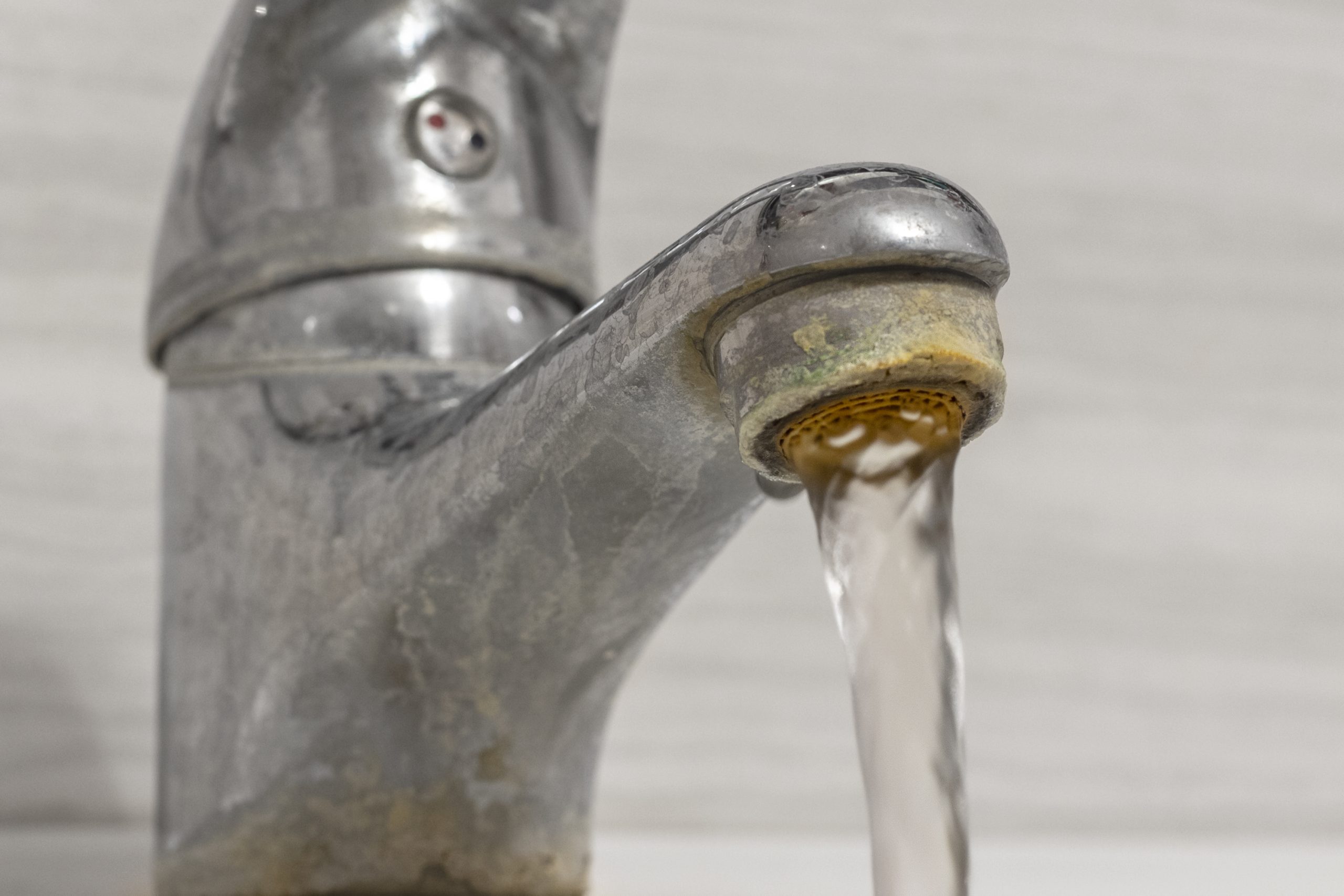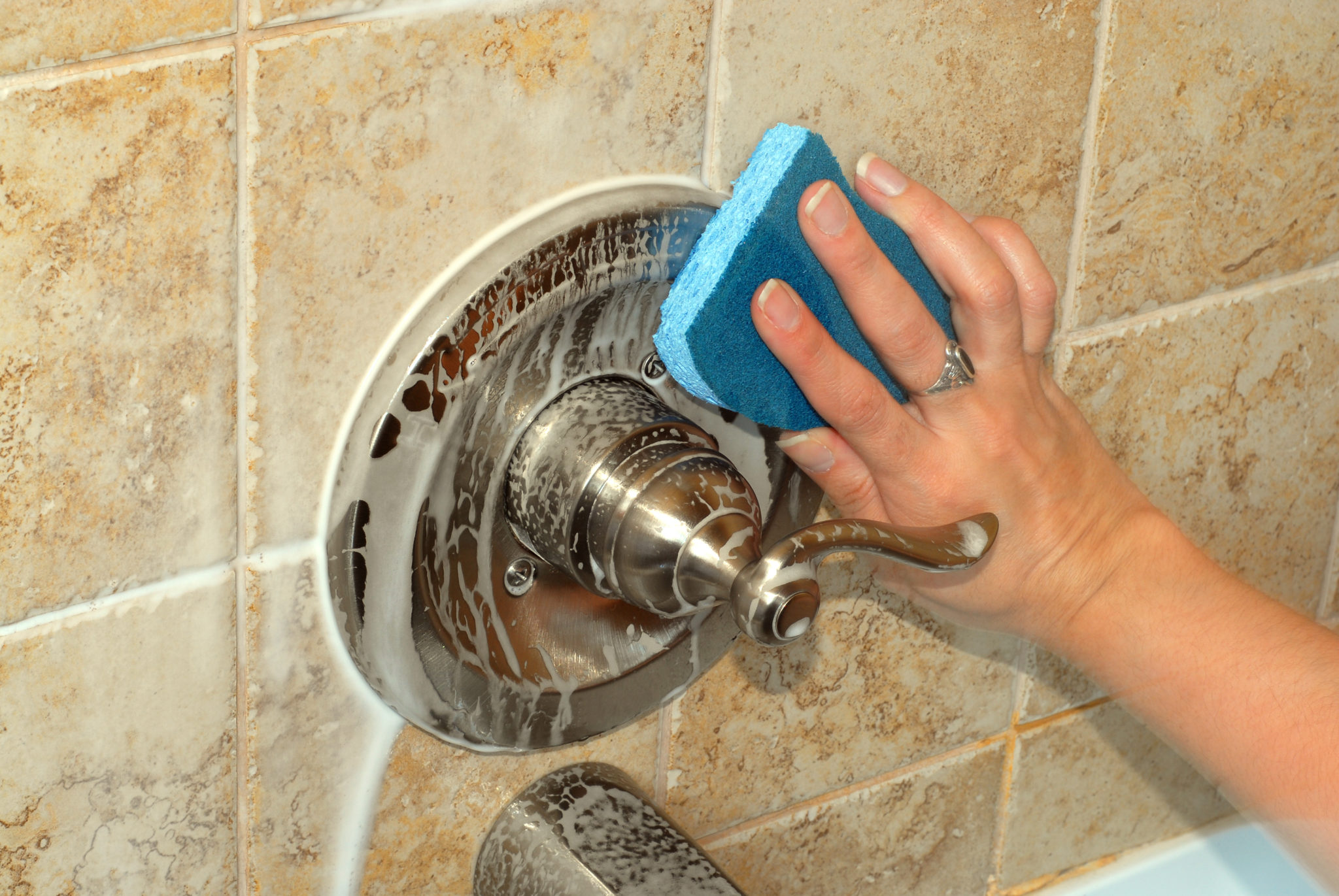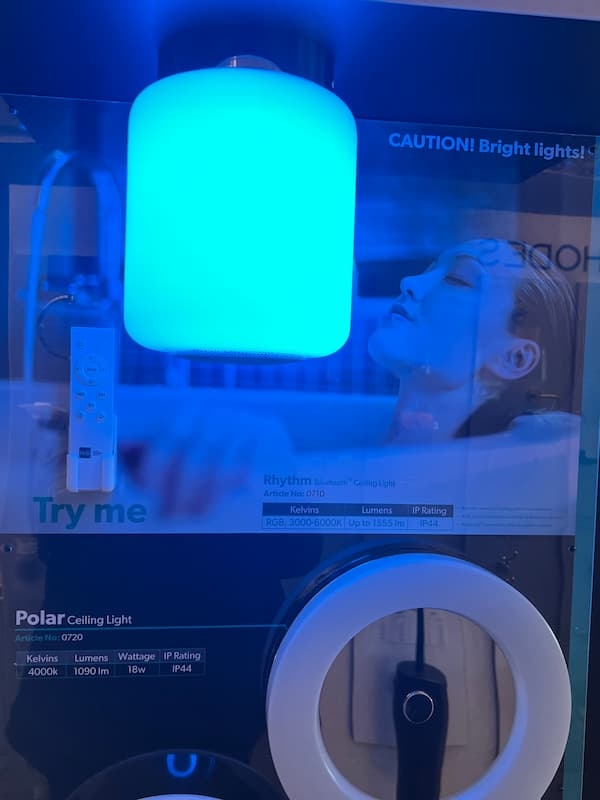Discoloration of New Bathroom Sink: Causes and Solutions
If you've recently installed a new sink in your bathroom, you may have noticed that it's starting to lose its shine and develop unsightly discoloration. This can be frustrating, especially since you've invested time and money into updating your bathroom. But don't worry, you're not alone. Discoloration of new bathroom sinks is a common problem that many homeowners face. In this article, we'll explore the causes of this issue and provide solutions to help you restore your sink to its former glory.
How to Prevent Discoloration of Your New Bathroom Sink
Prevention is always better than cure. By taking proactive measures, you can avoid the hassle of dealing with a discolored sink in the future. One of the main causes of discoloration in new bathroom sinks is the use of abrasive cleaners. These cleaners can cause scratches and damage the surface of your sink, making it more prone to discoloration. Instead, opt for mild, non-abrasive cleaners that are specifically designed for bathroom surfaces.
Another preventive measure is to wipe down your sink after each use. This will help prevent the build-up of soap scum, toothpaste, and other substances that can cause discoloration over time. Additionally, make sure to rinse your sink thoroughly after each use to remove any residue that may contribute to discoloration.
Understanding the Different Types of Discoloration in New Bathroom Sinks
Not all discoloration is the same. In fact, there are different types of discoloration that can affect your new bathroom sink. The most common types include rust stains, hard water stains, and mineral buildup. It's essential to identify the type of discoloration you're dealing with to determine the best course of action.
Rust stains are typically caused by metal objects or fixtures that have been left on the sink's surface for an extended period. Hard water stains, on the other hand, are caused by the minerals present in your water supply. These minerals can leave behind unsightly white or brown spots on your sink. Mineral buildup, also known as limescale, can also contribute to discoloration and is caused by the accumulation of mineral deposits over time.
5 Common Reasons for Discoloration in New Bathroom Sinks
Aside from using abrasive cleaners and not wiping down your sink regularly, there are other common reasons for discoloration in new bathroom sinks. These include:
Removing Stubborn Stains from Your New Bathroom Sink
If your sink has already developed discoloration, don't panic. There are several home remedies and cleaning solutions that can help remove stubborn stains and restore your sink's shine. For rust stains, a mixture of lemon juice and salt can be effective. For hard water stains, try using a vinegar and water solution or a paste made from baking soda and water. For mineral buildup, a mixture of white vinegar and warm water can do the trick. It's essential to test these solutions on a small, inconspicuous area first to ensure they don't damage your sink's surface.
Choosing the Right Cleaning Products for Your New Bathroom Sink
When it comes to cleaning your new bathroom sink, it's crucial to choose the right products. As mentioned earlier, abrasive cleaners can cause more harm than good. Instead, opt for mild, non-abrasive cleaners that are specifically designed for bathroom surfaces. Look for products that are labelled as safe for use on porcelain, ceramic, or enamel surfaces. Avoid using bleach or ammonia-based cleaners, as these can also cause discoloration.
Preventing Hard Water Stains on Your New Bathroom Sink
If you live in an area with hard water, it can be challenging to avoid hard water stains on your new bathroom sink. However, there are some preventive measures you can take. One option is to install a water softening system, which removes the minerals from your water supply. Another option is to use a water filter or a showerhead filter. These can help reduce the mineral content in your water and prevent hard water stains from forming on your sink.
How to Properly Maintain Your New Bathroom Sink to Avoid Discoloration
Maintenance is key when it comes to keeping your new bathroom sink looking pristine. In addition to the preventive measures mentioned above, here are some tips to help you maintain your sink:
DIY Solutions for Discoloration in New Bathroom Sinks
If you prefer to use natural and DIY solutions for cleaning your new bathroom sink, there are several options you can try. These include using a mixture of lemon juice and baking soda, a paste made from hydrogen peroxide and cream of tartar, or a mixture of vinegar and salt. These solutions are not only effective in removing discoloration, but they are also environmentally friendly.
Professional Cleaning Services for Discolored New Bathroom Sinks
If your sink's discoloration is too severe or you don't have the time to tackle it yourself, you can always opt for professional cleaning services. These services have the expertise and equipment to remove even the toughest stains from your sink. They can also provide recommendations on how to properly maintain your sink to prevent future discoloration.
In conclusion, while discoloration of new bathroom sinks can be frustrating, it's not a permanent issue. By understanding the causes and taking preventive measures, you can keep your sink looking new for years to come. And if discoloration does occur, there are plenty of solutions available to help you restore its shine.
Causes of Discoloration in a New Bathroom Sink

Water Quality
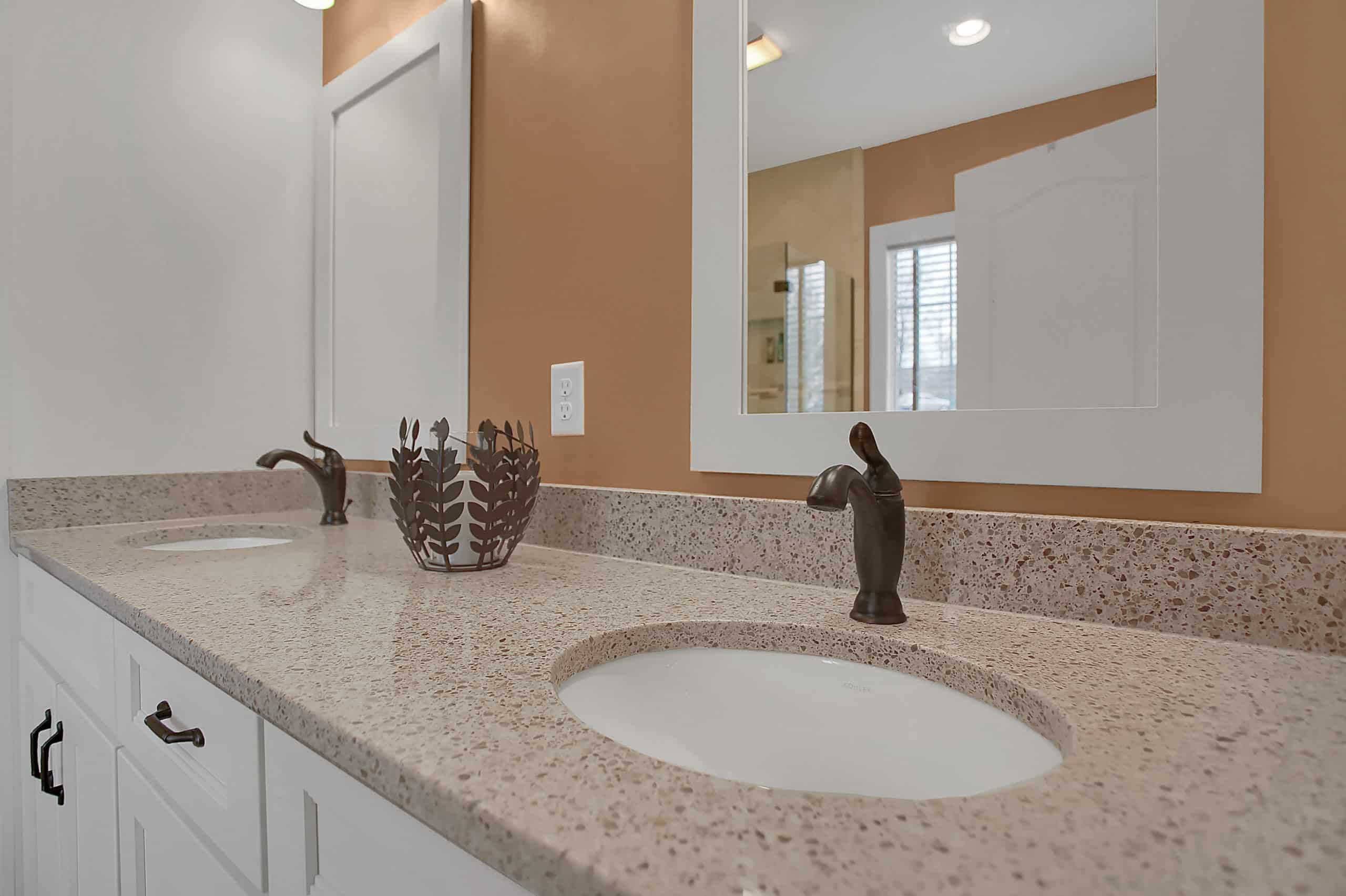 One of the common causes of
discoloration in a new bathroom sink
is the quality of water being used. Hard water, which contains high levels of minerals such as calcium and magnesium, can leave behind a white, chalky residue on the sink's surface. This can make the sink appear dull and discolored. Additionally, if there are impurities in the water, they can also cause discoloration over time. It is important to
test the water quality
in your area and use a water softener or filtration system if necessary.
One of the common causes of
discoloration in a new bathroom sink
is the quality of water being used. Hard water, which contains high levels of minerals such as calcium and magnesium, can leave behind a white, chalky residue on the sink's surface. This can make the sink appear dull and discolored. Additionally, if there are impurities in the water, they can also cause discoloration over time. It is important to
test the water quality
in your area and use a water softener or filtration system if necessary.
Cleaning Products
 The cleaning products you use in your bathroom can also contribute to
discoloration in a new bathroom sink
. Harsh chemicals and abrasive cleaners can damage the sink's surface and cause discoloration. It is important to
use mild and non-abrasive cleaners
specifically designed for bathroom sinks. Make sure to read the labels and avoid using products that contain bleach or ammonia, as they can also cause discoloration.
The cleaning products you use in your bathroom can also contribute to
discoloration in a new bathroom sink
. Harsh chemicals and abrasive cleaners can damage the sink's surface and cause discoloration. It is important to
use mild and non-abrasive cleaners
specifically designed for bathroom sinks. Make sure to read the labels and avoid using products that contain bleach or ammonia, as they can also cause discoloration.
Improper Installation
 If your new bathroom sink was not installed properly, it can lead to discoloration over time. This is because water can seep between the sink and the countertop, causing mold and mildew growth, which can lead to discoloration.
Ensure that your sink is installed correctly
by a professional to prevent any future issues.
If your new bathroom sink was not installed properly, it can lead to discoloration over time. This is because water can seep between the sink and the countertop, causing mold and mildew growth, which can lead to discoloration.
Ensure that your sink is installed correctly
by a professional to prevent any future issues.
Underlying Plumbing Issues
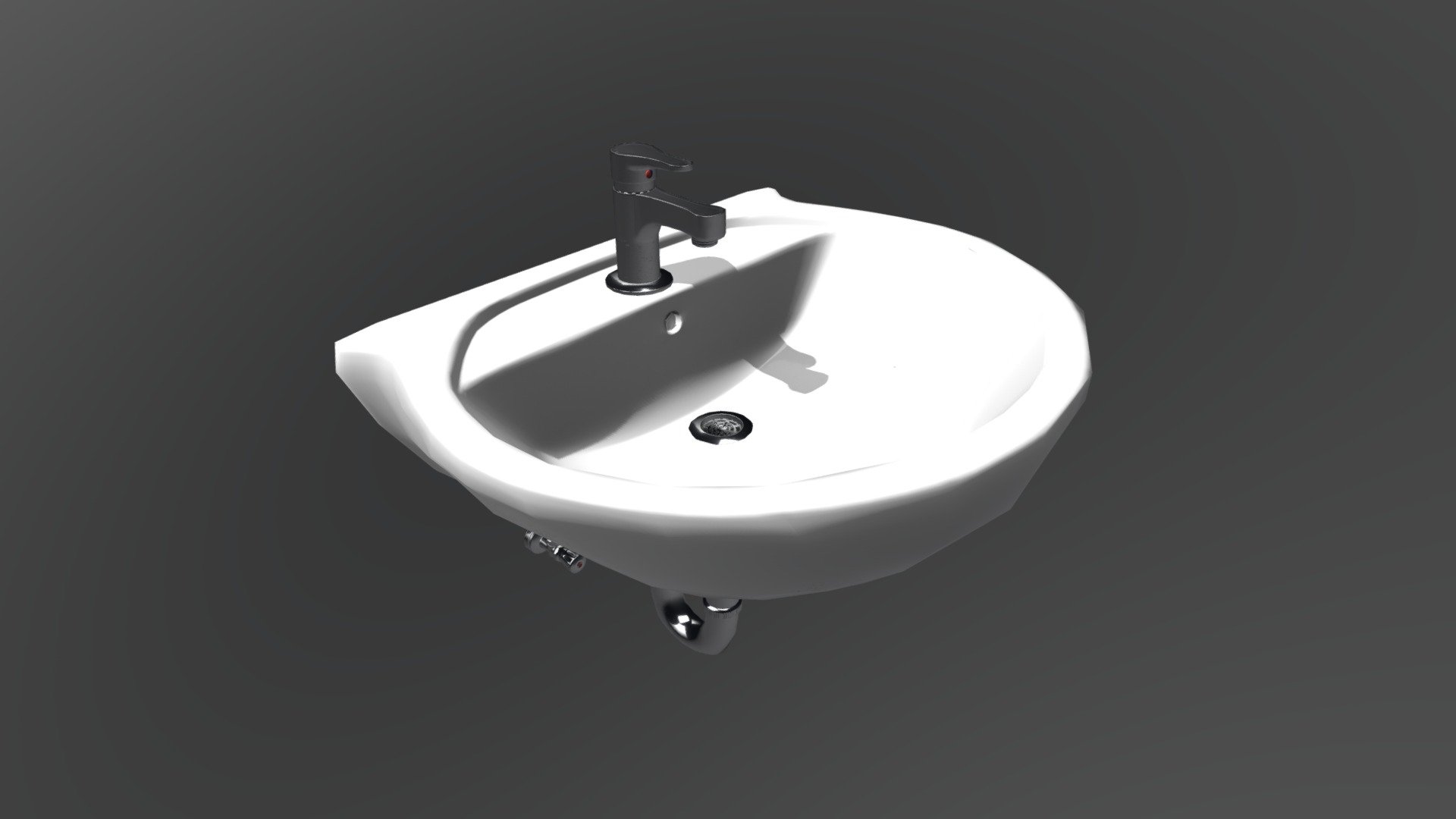 In some cases, the cause of discoloration in a new bathroom sink may be due to underlying plumbing issues. If there is a leak in the pipes, it can cause water to seep into the sink's surface, resulting in discoloration. It is important to
regularly check for any plumbing issues
and fix them promptly to prevent further damage to your sink.
In some cases, the cause of discoloration in a new bathroom sink may be due to underlying plumbing issues. If there is a leak in the pipes, it can cause water to seep into the sink's surface, resulting in discoloration. It is important to
regularly check for any plumbing issues
and fix them promptly to prevent further damage to your sink.
Conclusion
 Discoloration in a new bathroom sink
can be frustrating, but it is important to identify the cause and take appropriate measures to prevent it. By paying attention to the water quality, using the right cleaning products, ensuring proper installation, and addressing any plumbing issues, you can keep your bathroom sink looking clean and new for years to come. Don't let discoloration ruin the aesthetic of your bathroom, take proactive steps to maintain the beauty of your sink.
Discoloration in a new bathroom sink
can be frustrating, but it is important to identify the cause and take appropriate measures to prevent it. By paying attention to the water quality, using the right cleaning products, ensuring proper installation, and addressing any plumbing issues, you can keep your bathroom sink looking clean and new for years to come. Don't let discoloration ruin the aesthetic of your bathroom, take proactive steps to maintain the beauty of your sink.



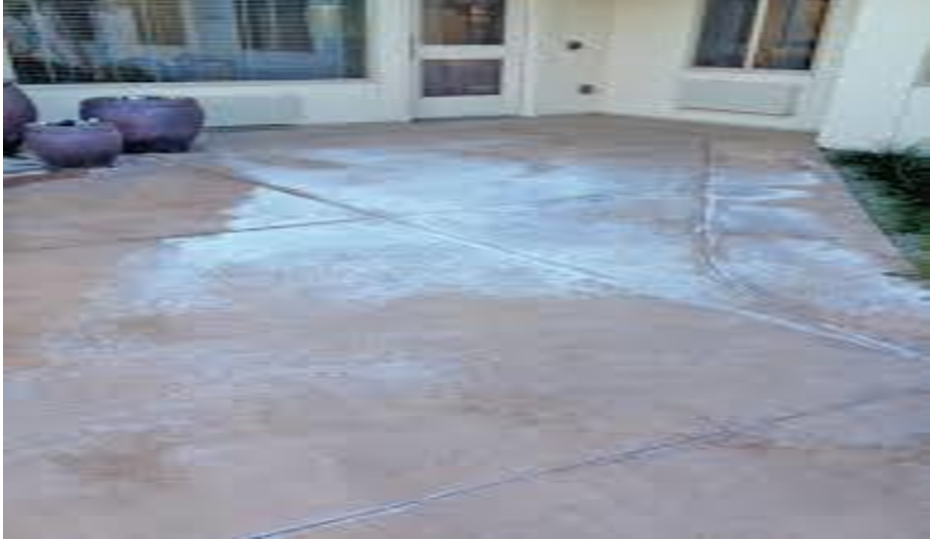
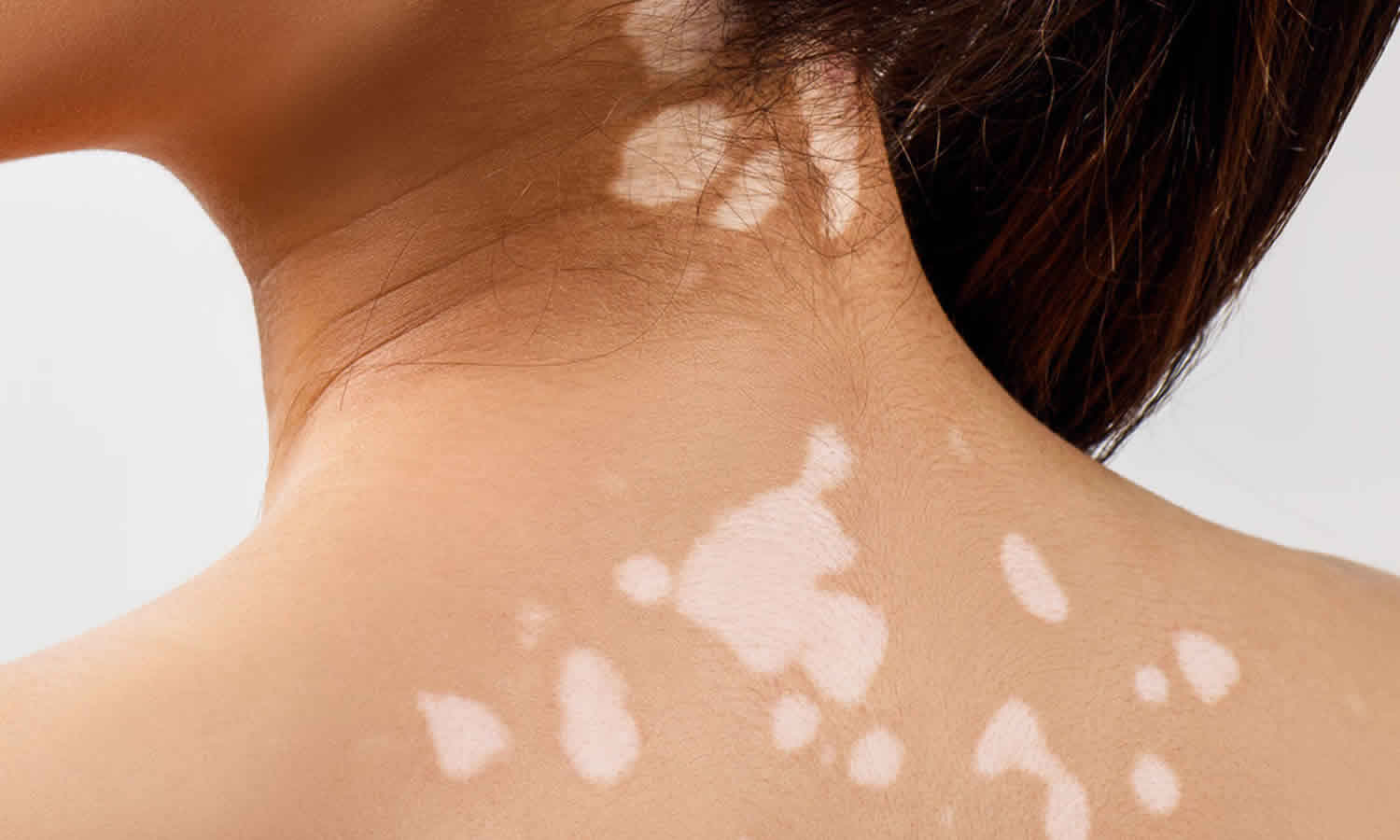

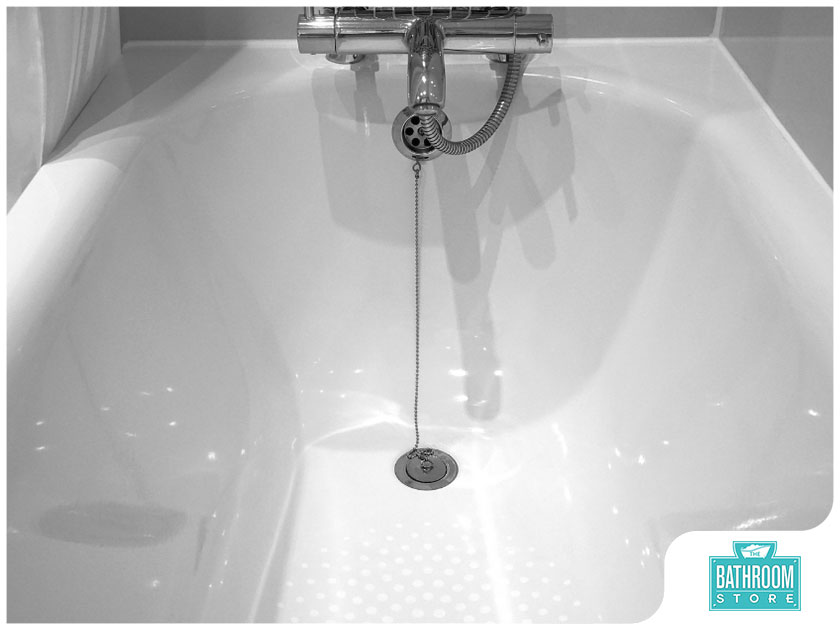


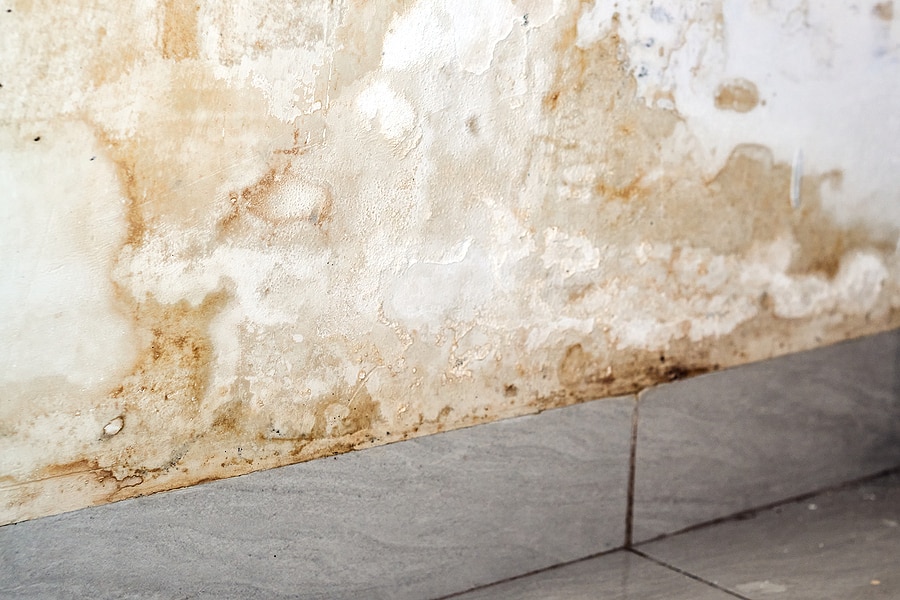



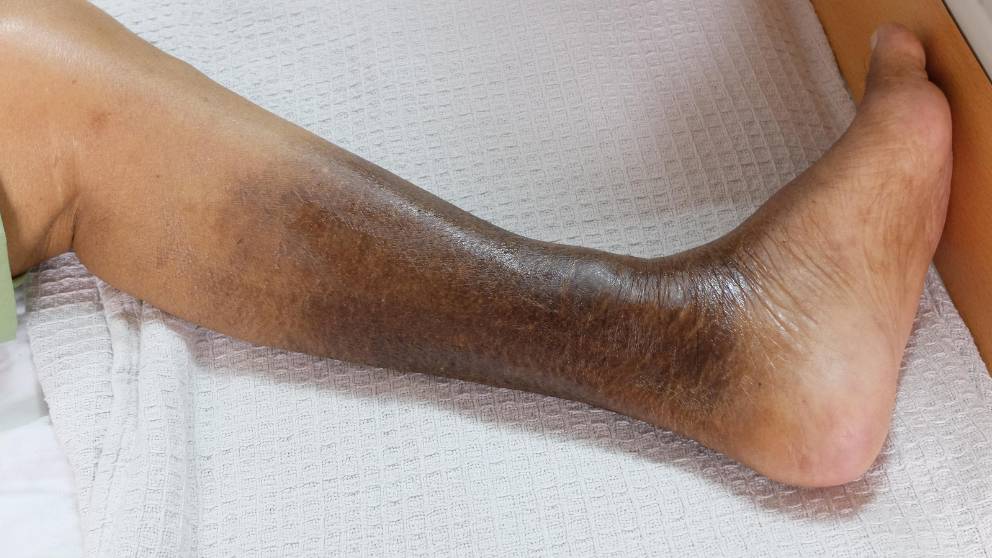





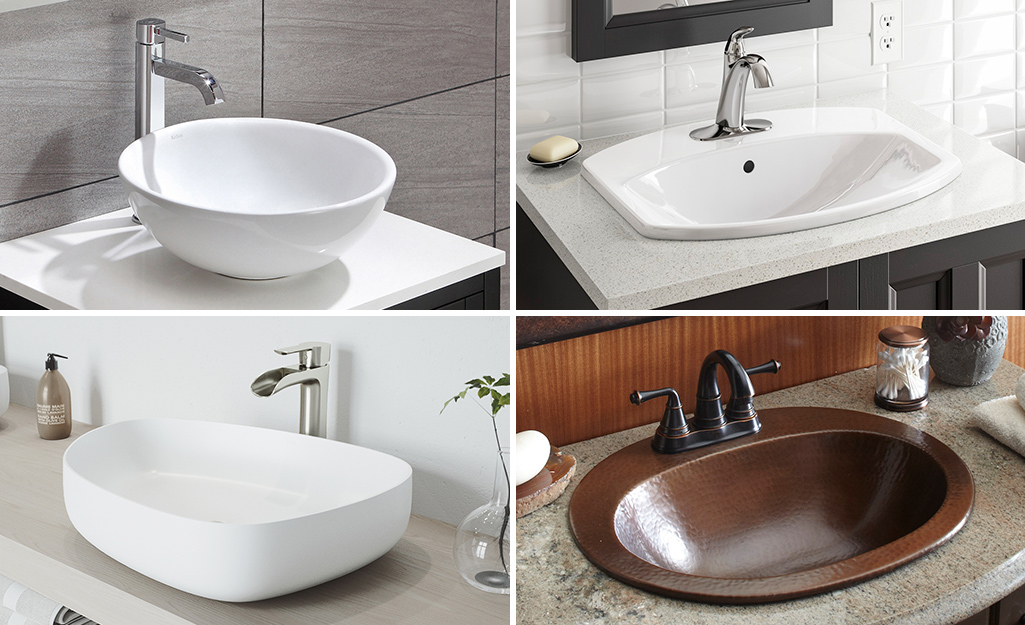

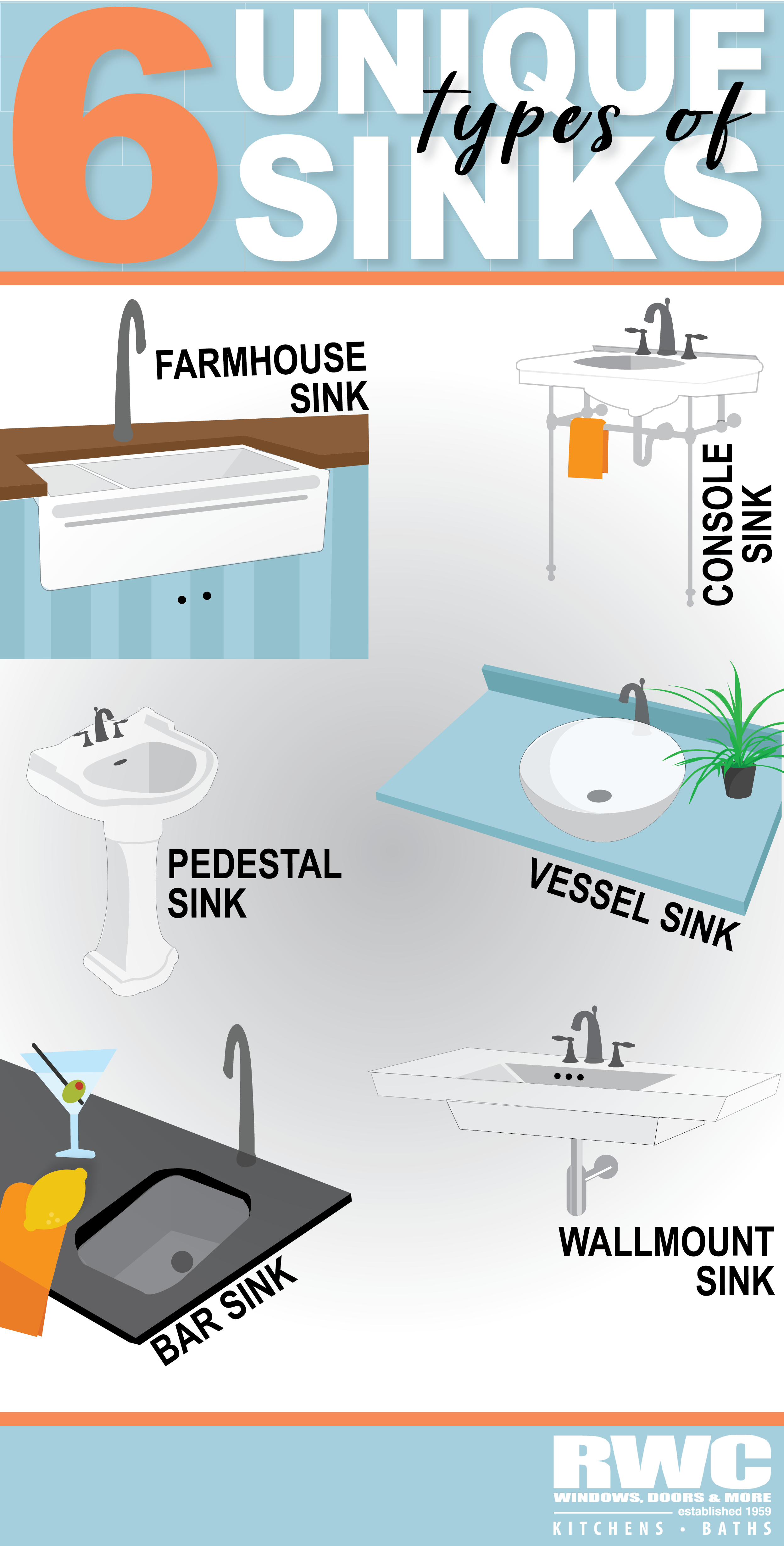




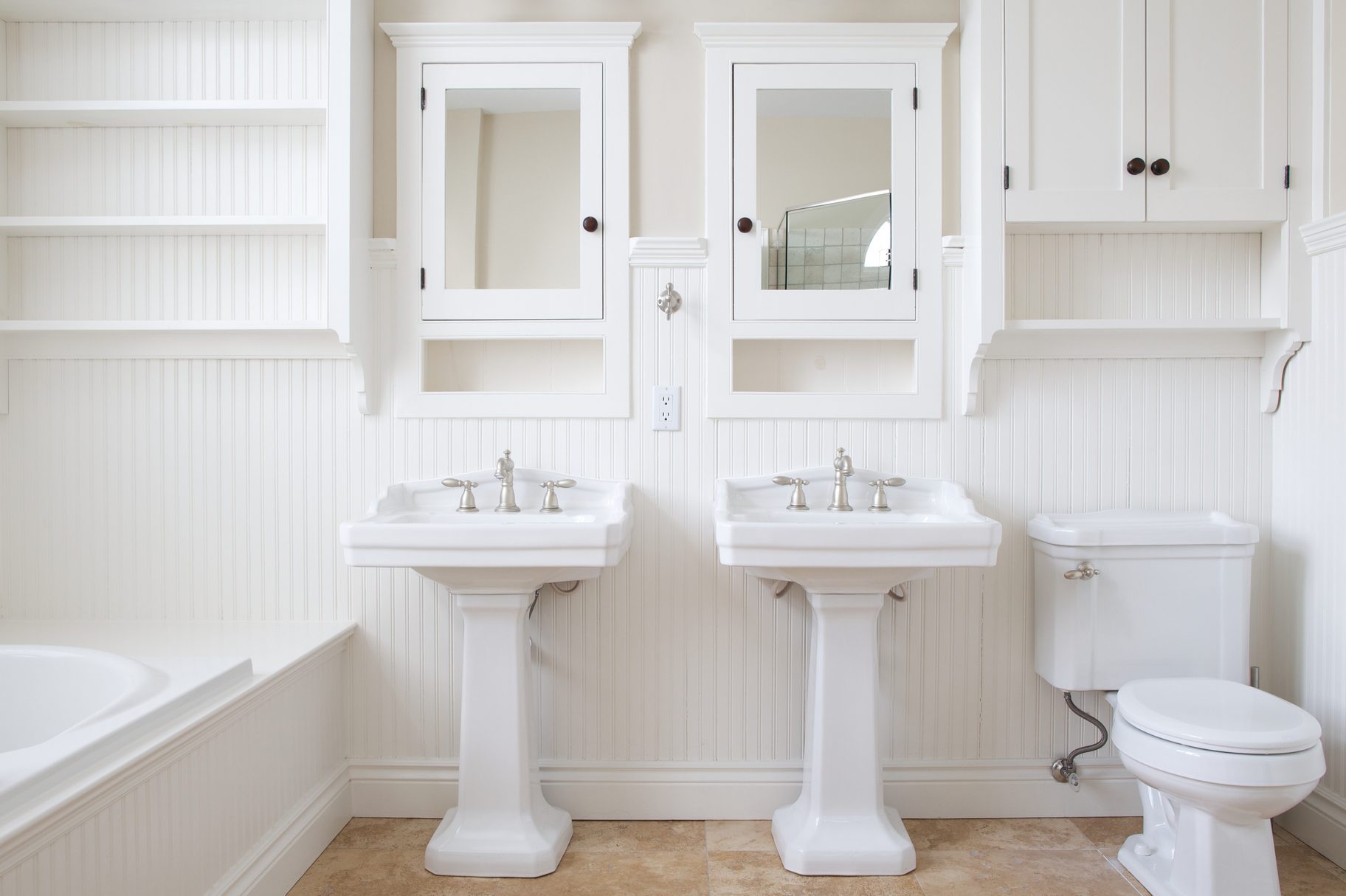











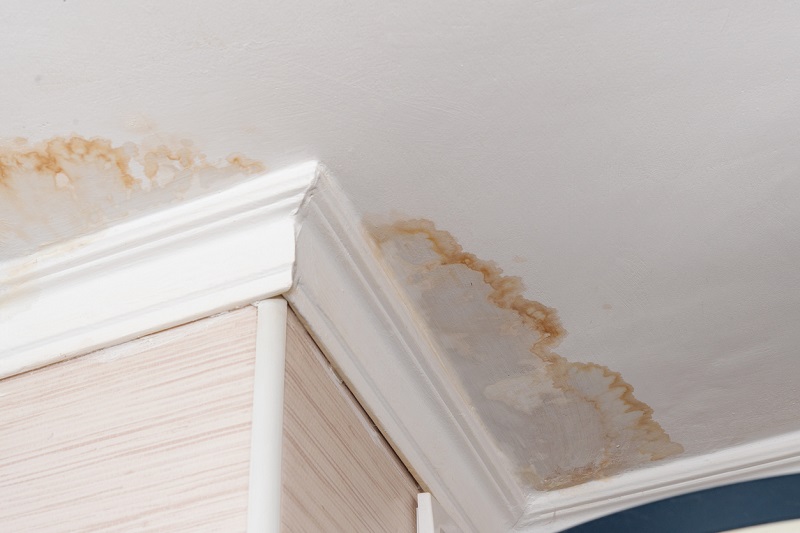
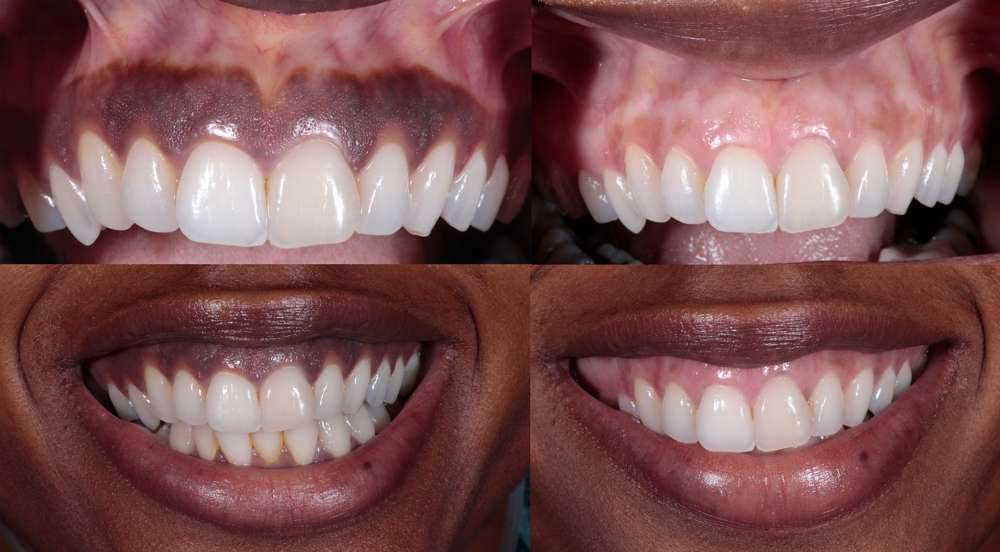

















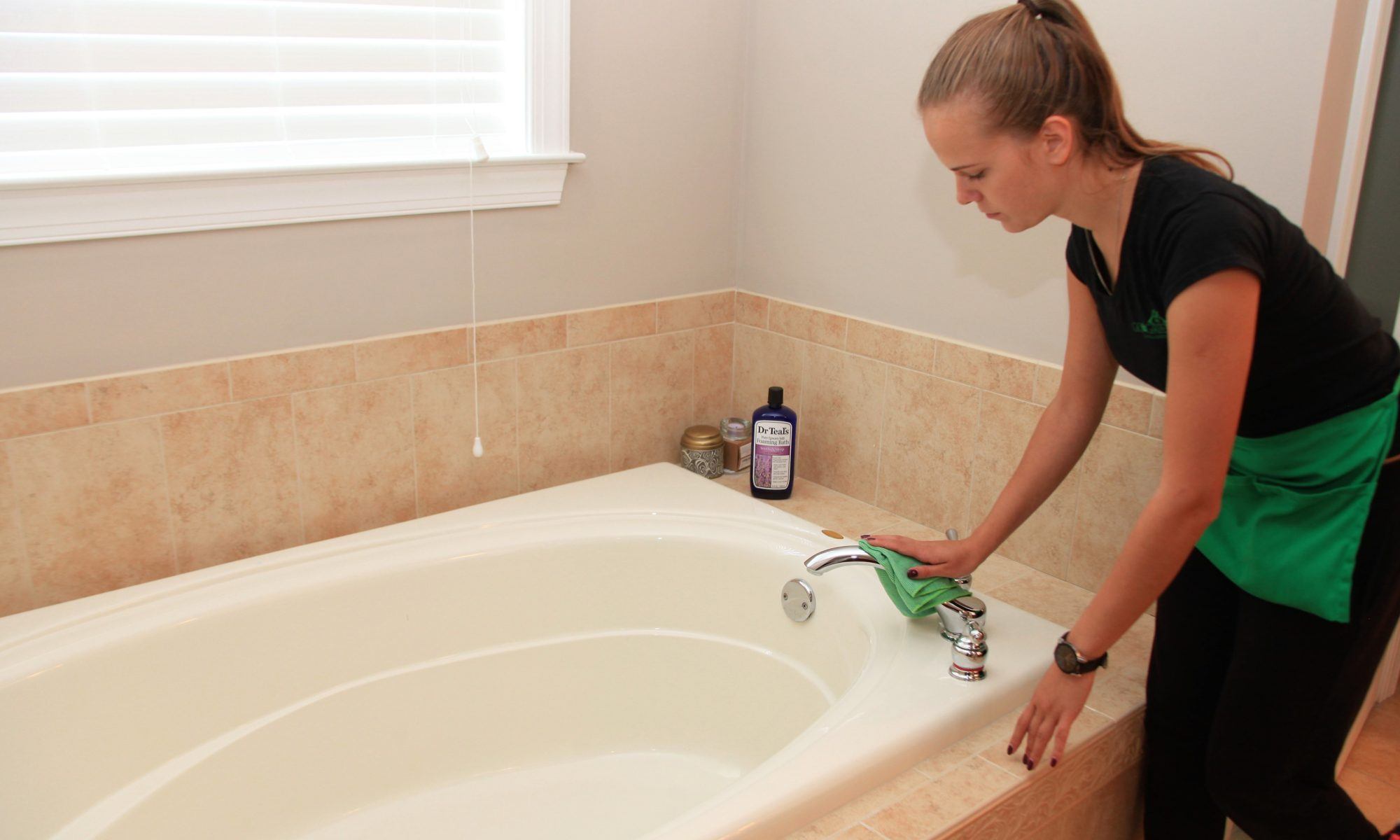


/cleaning-bathroom-sink-GettyImages-dv1449036-566b487a3df78ce16163bfba.jpg)




